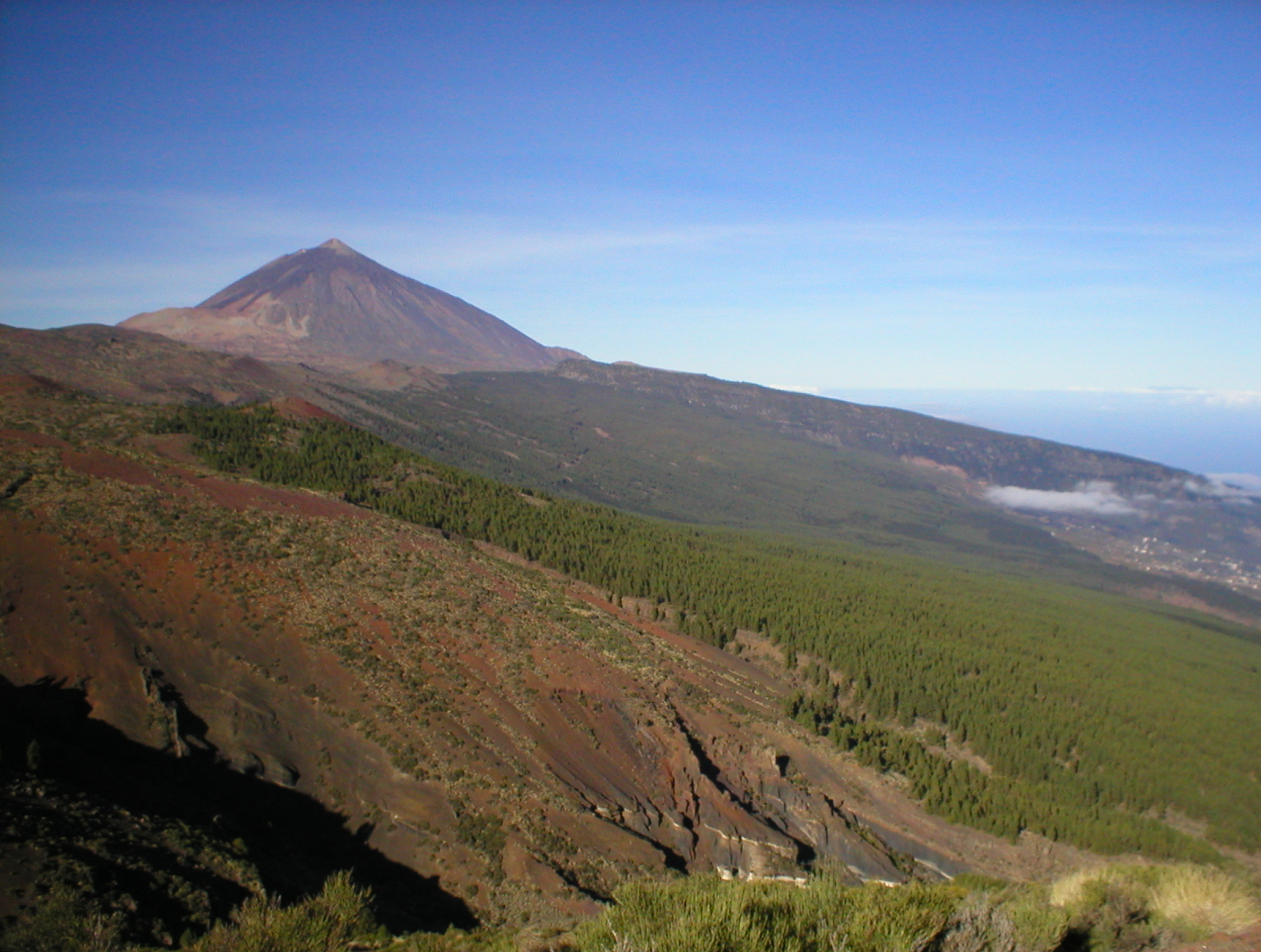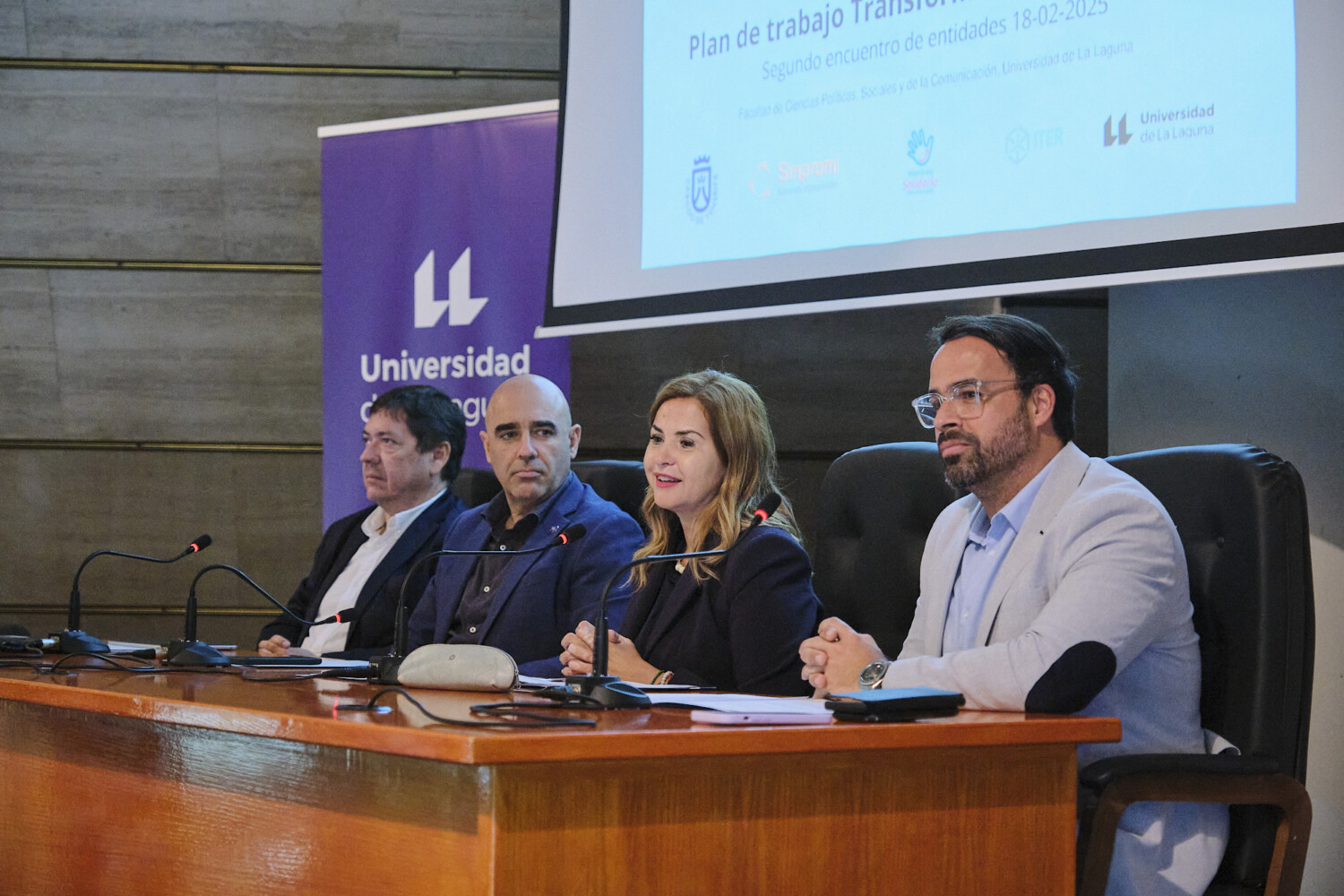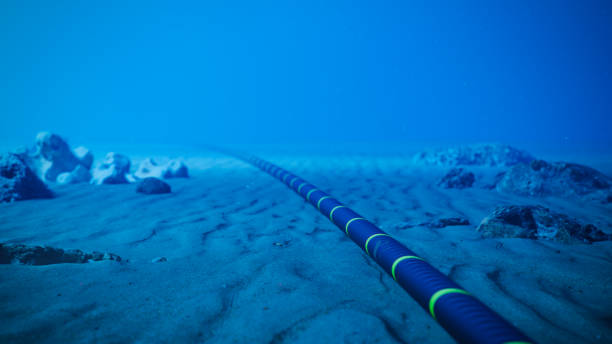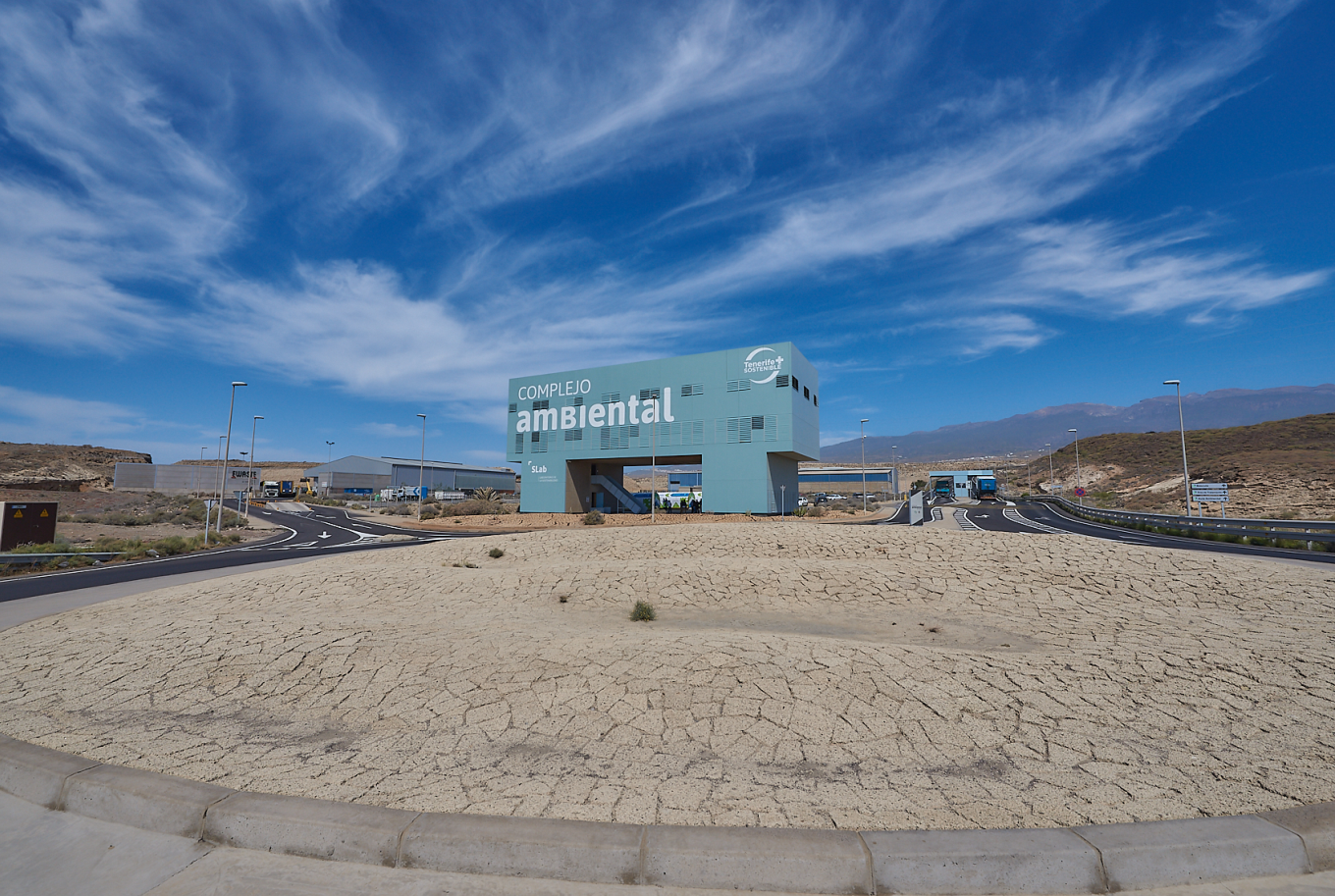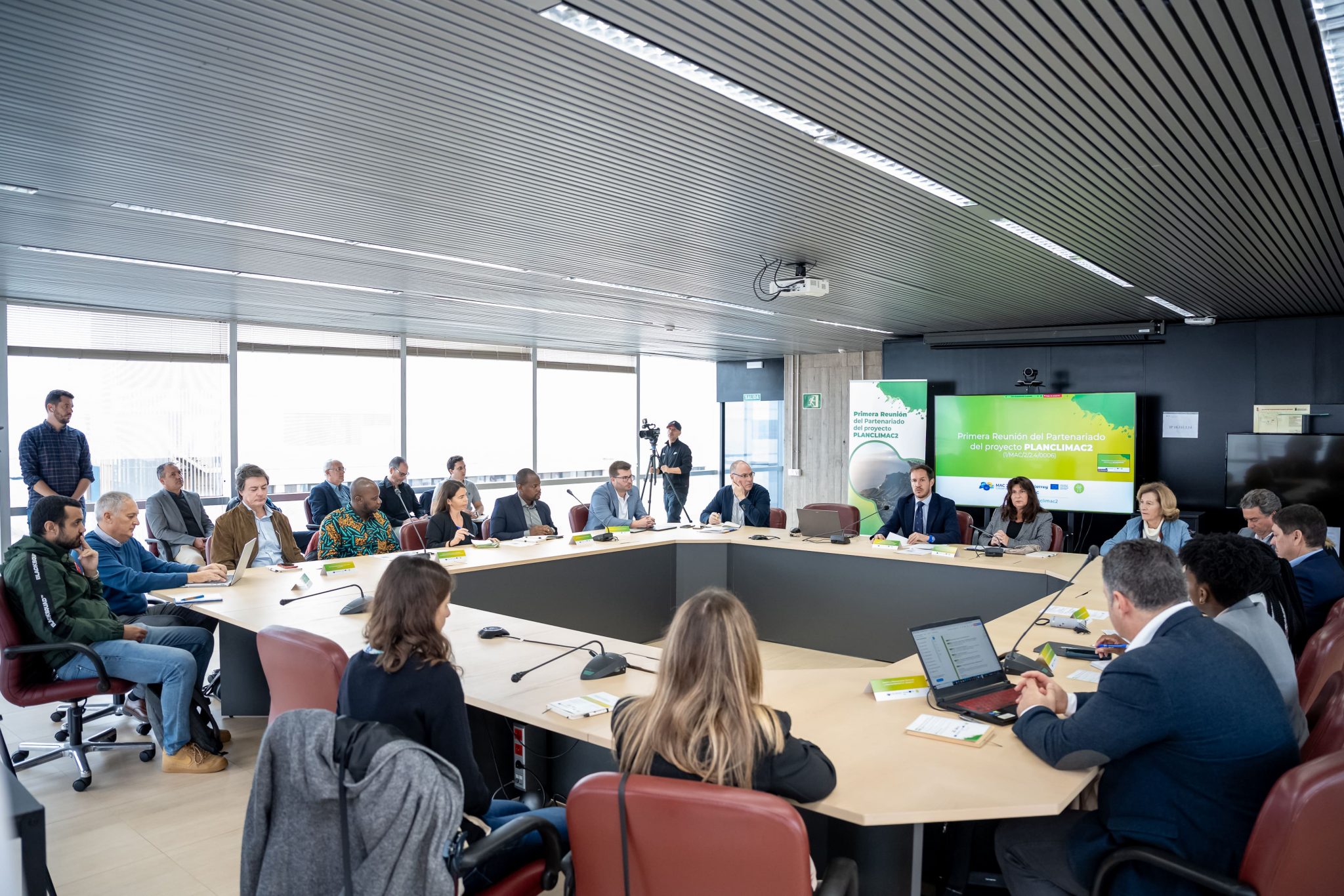A scientific collaboration between researchers from the Trofimuk Institute of Petroleum Geology and Geophysics of Novosibirsk in Russia, the Volcanological Institute of the Canary Islands (INVOLCAN) and the University of Granada reveals the secrets of the interior of the island of Tenerife through a new seismic tomography study using localized microseismicity in the interior of the island.
The results of this study have been recently published in the Journal of Geophysical Research, one of the most relevant international scientific journals in the field of geophysics edited by the American Geophysical Society (AGU). These results constitute an important tool to interpret the increase of seismicity in Tenerife and the emission of carbon dioxide by the Teide crater, which INVOLCAN has detected since the end of 2016. This activity could be related to the slow ascent of a diapir, say a magma “bubble”, at depths greater than 10 km below Teide. Therefore, this new knowledge will be of great use for a better interpretation of the precursor signals of a possible eruptive process in Tenerife.
The results of this study are equally astonishing because it is the first time it has been possible to visualize and characterize a “hot heart” beneath the island. The tomography clearly shows that, in the crust below the Las Cañadas caldera, small magmatic reservoirs may be present at depths of less than 5 km. These reservoirs allow basaltic magmas to cool, changing their chemical composition towards more evolved magmas such as phonolitic magmas, a potentially explosive type of magma. These magmatic reservoirs can be the source of highly explosive eruptions such as the one that occurred around 2000 years ago at Montaña Blanca and which has been catalogued as a sub-Plinian eruption. At the same time, the study explains why the Tenerife eruptions occurring outside the Las Cañadas caldera, along the NE and NW ridges, have a more effusive character, the magma not being able to stagnate long enough in these areas to evolve into potentially more explosive magmas.
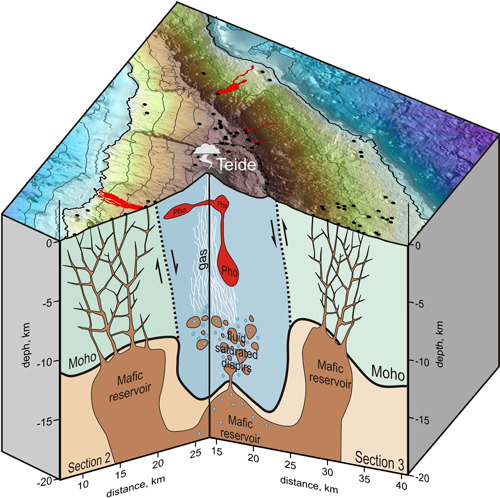
This seismic tomography study has been possible as a result of the implementation in 2016 of the Canary Seismic Network managed by INVOLCAN, which currently has 19 broadband seismic stations that have lowered the capacity to detect and locate thousands of microearthquakes in Tenerife. These data, together with those previously recorded by the National Geographic Institute (IGN), have made it possible to use seismic tomography to investigate the interior of the island to a depth of 20 km and, more importantly, to determine the velocity of seismic S waves, which are the most sensitive to the presence of hydrothermal fluids and magma.
Prior to this recent seismic tomography study, another international scientific collaboration led by the University of Graduate in 2007 managed to obtain the first three-dimensional model of the island of Tenerife in 2012 (García-Yeguas et el., 2012; https://agupubs.onlinelibrary.wiley.com/…/2011JB008970). For the execution of this scientific collaboration work, the oceanographic vessel R/V Hespérides was used, from which 6459 shots were taken and recorded by a network composed of 125 seismic stations. This active seismic experiment made it possible to investigate the interior of the island to a depth of 10 km and, due to the nature of the artificial seismic source, it was only possible to obtain a model of the seismic P-wave velocity.
The results of this new international scientific collaboration published in 2023 have been made possible thanks to the following projects VOLRISKMAC II (MAC2/3.5b/328), co-funded by the European Commission through the Territorial Cooperation Program INTERREG MAC 2014-2020, TFvolcano, funded by ITER and the Cabildo Insular de Tenerife, FEMALE (PID2019-106260GB-I00) and PROOF-FOREVER as well as the Russian Science Foundation projects (Grant No. 20-17-00075 and Project FWZZ-2022-0017).
Article reference:
- Ivan Koulakov, Luca D’Auria, Janire Prudencio, Iván Cabrera-Pérez, José Barrancos, Germán D. Padilla, Nemesio M. Pérez, Jesús M. Ibáñez. Local earthquake seismic tomography reveals the link between crustal structure and volcanism in Tenerife (Canary Islands). Journal of Geophysical Research-Solid Earth, https://doi.org/10.1029/2022JB025798


